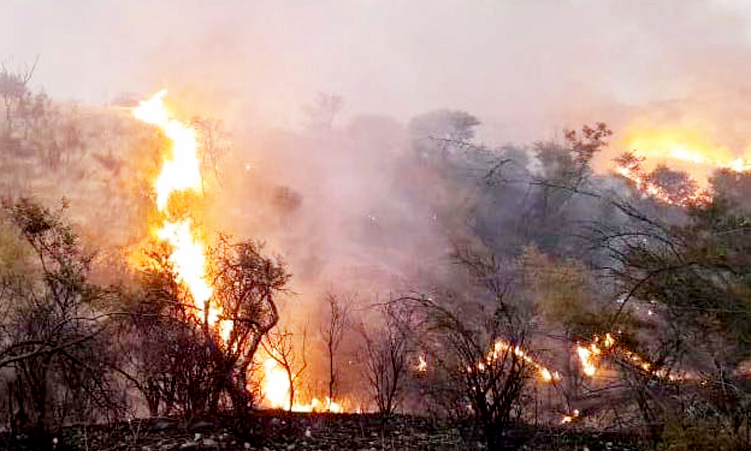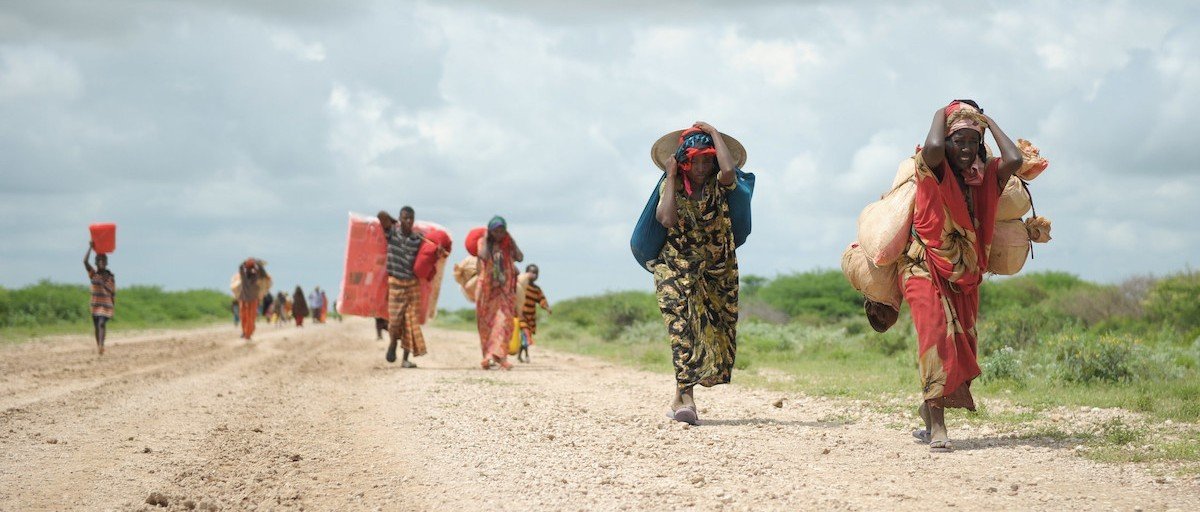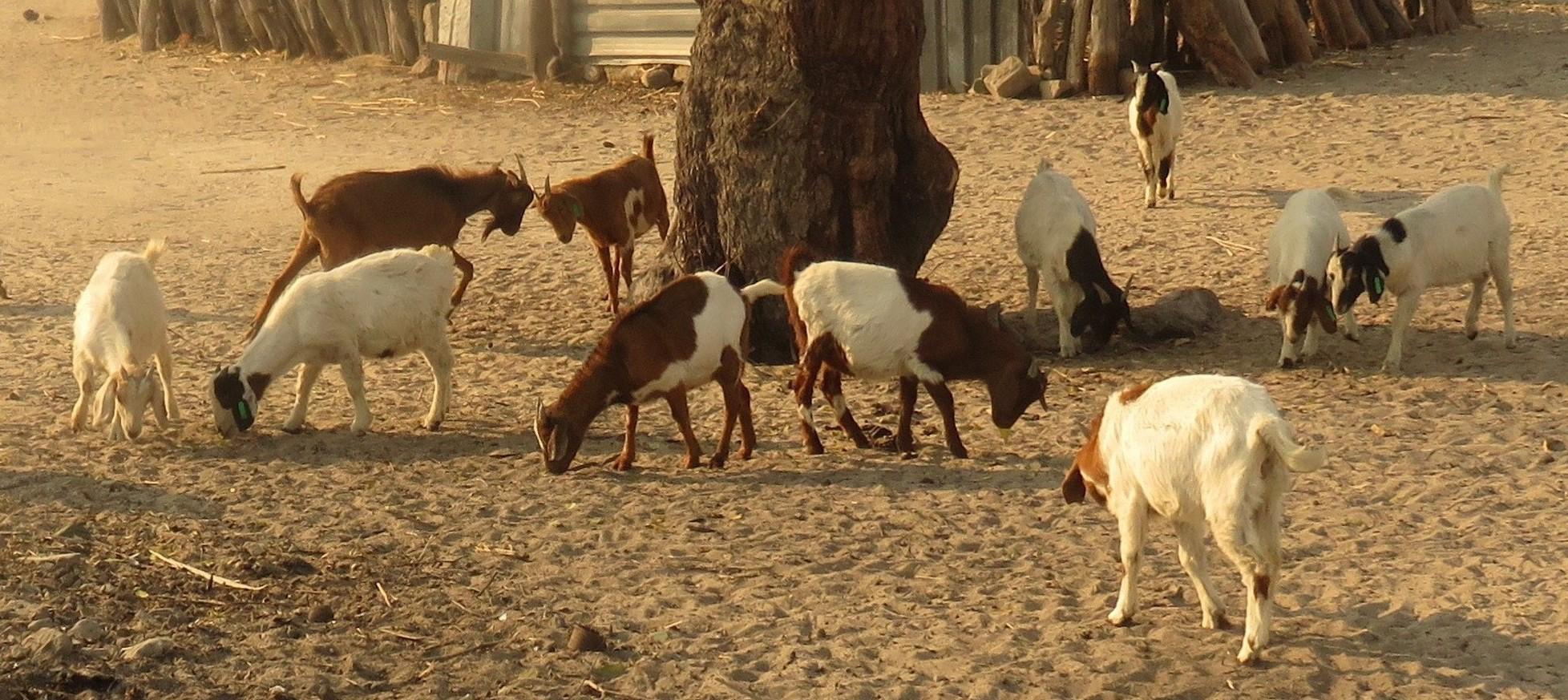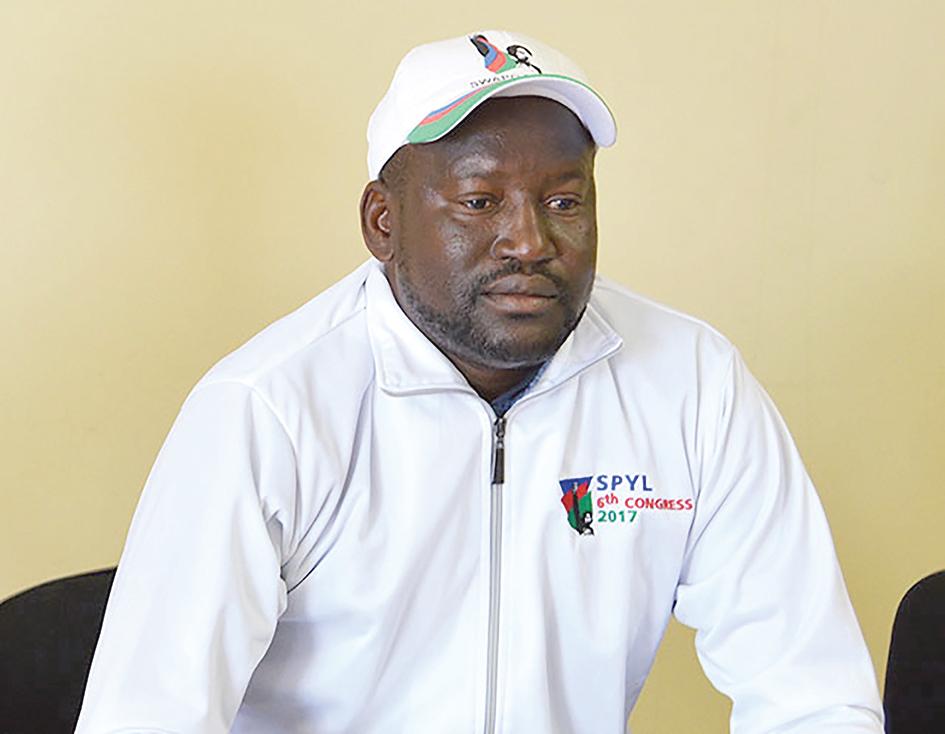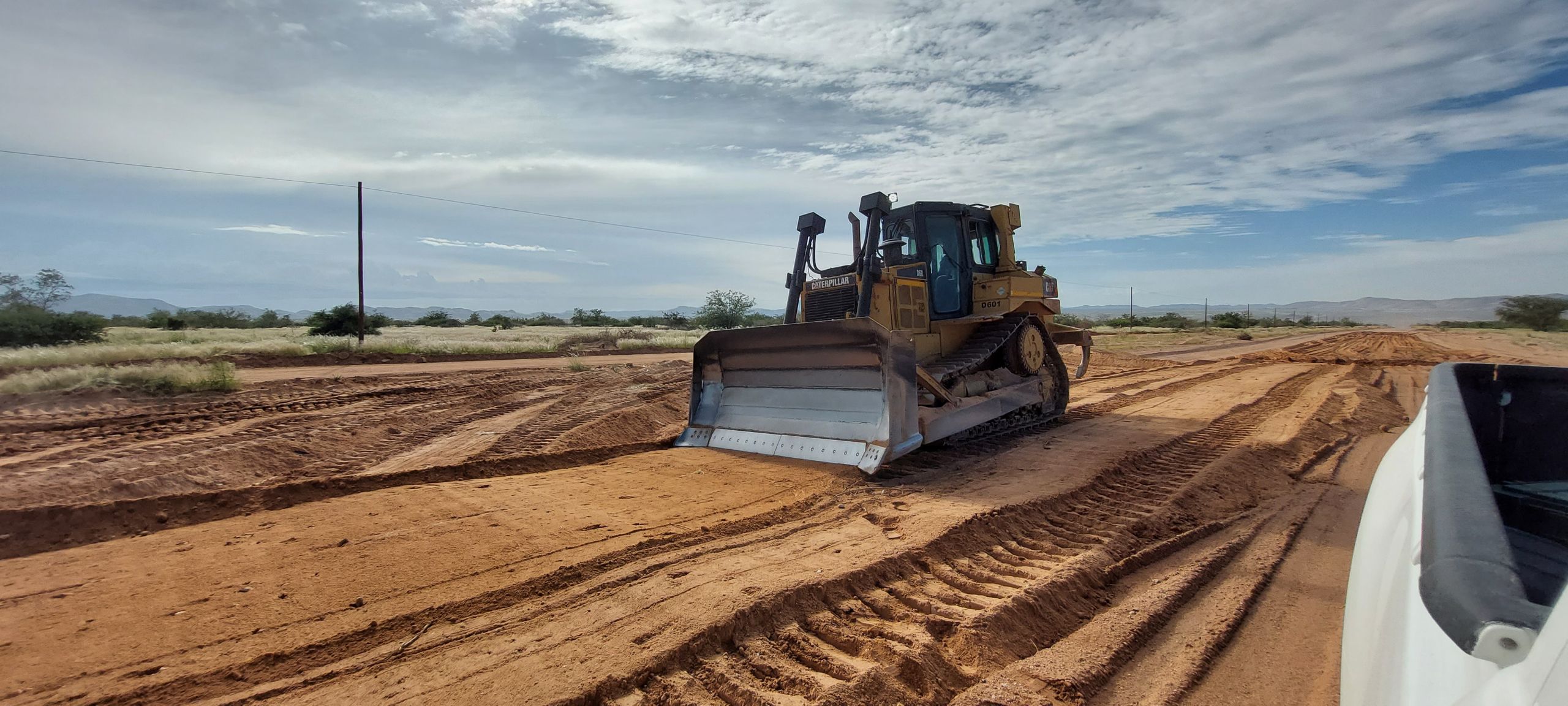Namibia has recorded over 1 100 fires since January.
Minister of environment, forestry and tourism Pohamba Shifeta says this figure is based on “high-confidence fire alerts” received.
This comes at a time when farmers are preparing for wildfires as the country’s drought is increasing.
Shifeta believes the absence of comprehensive emergency response plans leaves certain communities ill prepared for wildfires.
He says although Namibia implements practices such as fuel load assessments, community training programmes, and controlled burns, these efforts are hampered by a lack of resources.
“Operating in a resource-constrained environment, inherently limits the effectiveness of wildfire management initiatives,” he says.
Shifeta says the situation is further complicated by the lack of a unified national framework.
Achieving this would require strategic financial planning and exploring potential partnerships with countries or organisations with advanced fire-monitoring technology, he says.
“Currently, the responsibility for handling wildfire emergencies falls on regional disaster risk committees. However, the ministry recognises the need for a more coordinated approach,” the minister says.

Philip Shilongo, a senior station officer at the Windhoek Fire Brigade says the community’s attitude to fire safety and prevention is the biggest barrier in reducing the incidence of fires.
He says the fire brigade is faced with various limitations when trying to control wildfires.
Shifeta says investing in and upgrading systems is an unavoidable necessity.
However, addressing the root cause of wildfires is equally important.
“The vast majority of wildfires in Namibia are directly linked to human activity,” Shifeta says.
“Public awareness campaigns play a vital role in discouraging irresponsible fire handling and promoting fire safety practices,” he says.
Shilongo says the Windhoek Fire Brigade is a fully functional fire department, and as such, it constantly plans ahead.
“We incorporate preventive measures into our strategies, yet we still face difficulties,” he says.
When the fire brigade discovers veld fires requiring extinguishing, one of their first difficulties is that some areas are privately owned.
Some owners are hesitant to grant the fire brigade permission to enter their property, Shilongo says.
“We use these strategies to try and prevent fires from starting, and we have divided the city into different categories,” he says.
“I think people would like to focus on other social and economic issues rather than fire safety and prevention, forgetting that there is always more harm caused when a fire catastrophe occurs,” he says.
Shilongo says the environment ministry is involved in fire prevention and control.
“We would really want to have anything that could provide us with early notice to combat flames more effectively.
“Early detection and timely dissemination of warnings are critical for mitigating wildfire damage,” he says.
Shilongo says a fire warning system may benefit Namibians.
Advanced technologies such as satellite monitoring and advanced weather forecasting to predict and effectively communicate fire alerts would be beneficial, he says.
Early detection remains a critical area for improvement, he says.
Shilongo says Namibia’s current methods rely heavily on historical fire data and satellite imagery, which lack the real-time capabilities crucial for swift response.
Stay informed with The Namibian – your source for credible journalism. Get in-depth reporting and opinions for
only N$85 a month. Invest in journalism, invest in democracy –
Subscribe Now!




